Description of the Kakadu pepper variety and its characteristics
Growing vegetables on your site is a laborious task, but it fully justifies itself. Sweet pepper "Kakadu", a widespread type of this culture, has won the attention of summer residents for its unpretentiousness, productivity. It got its name due to the shape of the fruit similar to the beak of a parrot.
What is a plant
This species is bred in two colors, red and yellow. Moreover, the former are slightly larger and longer than the latter.
It is not difficult to find a detailed description of the variety; it is important to take into account the requirements and growing rules correctly. Then you can expect a positive result.

Plant:
- Height: 1.4-1.5 m.
- Ripening period: 130-135 days.
Fruit:
- Shape: curved.
- Color: red.
- Weight: 500 gr.
- Length: 30 cm.
- Taste: excellent.
- Wall thickness: 60–80 mm.

Growing seedlings and planting in the ground
The characteristic of the variety recommends cultivation in greenhouses. Suitable for open ground only in regions with a warm climate. The seedling method is used. The seeds are sown in February or early March. If you use the original seed, there is no need for dressing. The seeds are processed by the producer.
After the emergence of seedlings, it is necessary to observe the light and temperature conditions. Dosed watering and a certain amount of dressings. Pepper does not tolerate transplantation, therefore, it must be dived very early, in the phase of cotyledon development.
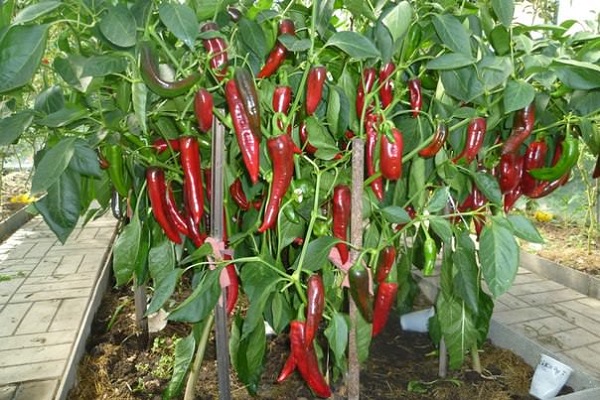
When the 6th leaf appears on the plant, it must be transferred to a permanent place. Moreover, for 1 m2 have 4 plants. Pepper seedlings are planted in well-lit areas. Since the hybrid does not tolerate shadows.
Features of plant care
Mandatory agronomic techniques for f1 Kakadu pepper:
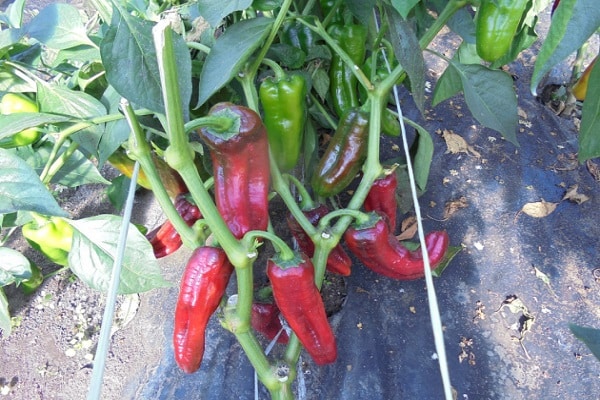
- Weeding.
- Loosening.
- Watering.
- Top dressing.
The plant can be watered with solutions of droppings, manure, urea, ash. This will give additional strength for the development of fruits. Mulching the beds is carried out with the help of rotted straw and hay.
To obtain the maximum yield, the plant is formed. Initially in 3 trunks, then the weakest one is removed. The remaining stems are tied together and pulled to the support.
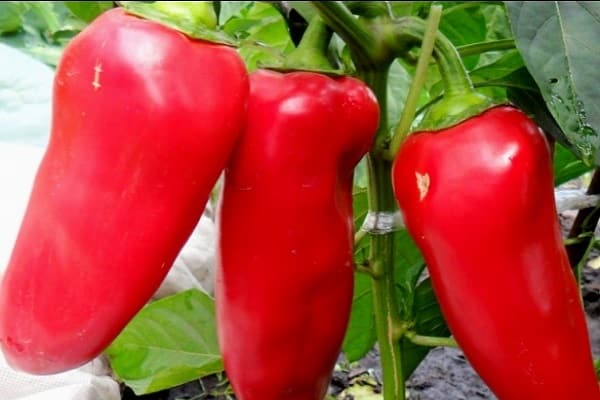
Water once a week, before fruiting. During the period of active ripening, the number of irrigations and the volume of water for them are increased.
Harvest volume and application
If all requirements are met, 3 kg of fruit can be obtained from 1 plant. The amount of moisture that the plant receives should be monitored, its lack leads to a slowdown in growth, ovaries and flowers fall off.
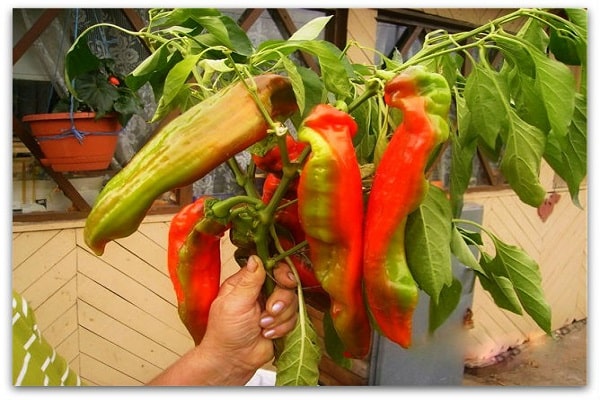
Vegetables are used to prepare fresh salads. Suitable for freezing and preserving.The area of use is extensive, pepper can be stored well in any form.
Diseases and pests
"Kakadu" is susceptible to late blight. The danger of this disease is that it can be activated even at the stage of growing seedlings. Non-intervention can lead to the death of the plant. Prevention of the disease is carried out by treating the plant with fungicides. The affected bushes must be removed.

If the irrigation regime is violated and too sharp fluctuations in temperature, top rot may develop. To avoid the death of pepper, you must comply with the norms.
From insect pests, the plant suffers from spider mites and aphids. To combat them, the bushes are sprayed with a solution of wood ash.
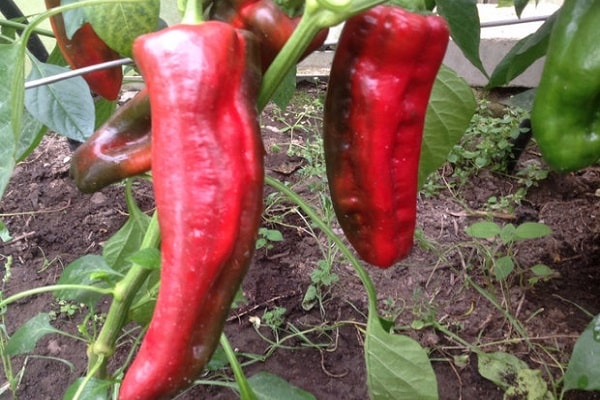
What gardeners say about Kakadu pepper
A lot of useful information can be found by reading reviews of summer residents about varieties and hybrids. Some share their experiences, some just express their own opinion.
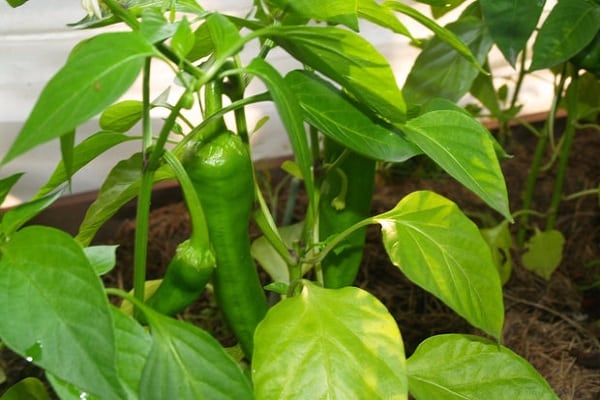
- Larissa. Considers this variety the best of the best. The description of the "Kakadu" pepper is confirmed by the results in the beds. In a good year from 1 m2 it turns out 10 kg of vegetables. Delicious fruits show themselves well in winter preparations and fresh salads. Unpretentious and very productive hybrid.
- Alexei. An attempt to grow pepper on the site was unsuccessful. The plant has grown to its stated size, but the fruits are very small. There are higher yielding varieties that can be grown effortlessly.
- Vera Stepanovna. Grows pepper for 3 years in a row. Most of all, the variety attracts with its early ripening period. And, of course, its great taste and its meatiness.
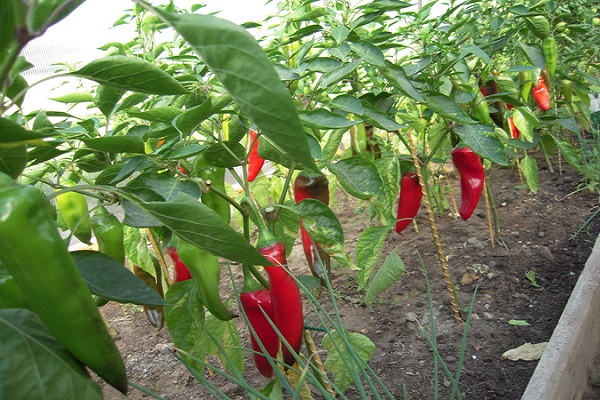
Growing Kakadu peppers requires some experience. Therefore, you should carefully study all the characteristics, features of planting and care.
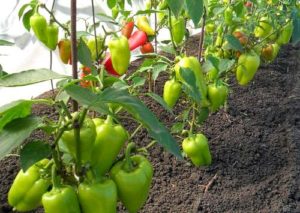

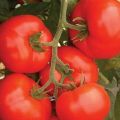



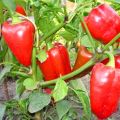
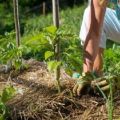
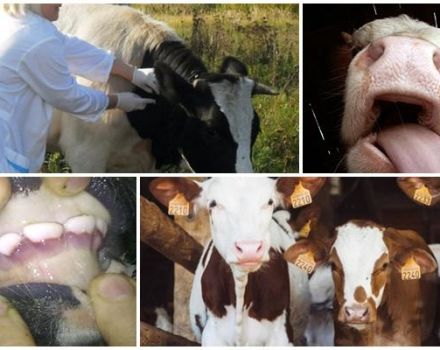
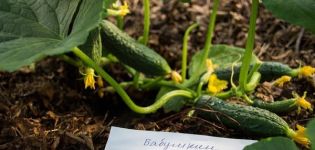
For me, Kakadu turned out to be very whimsical for two years in a row, the fruits were small and in small quantities. Fertilized mainly with conventional organic fertilizers. I tried a bioactivator last summer BioGrow, finally, the harvest from one bush in kilograms, not grams. This year I will plant Cockatoo again.